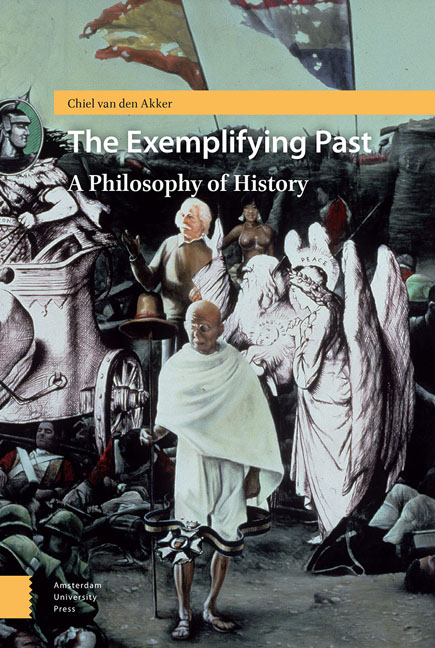2 - Periods and Other Minds
Published online by Cambridge University Press: 29 January 2021
Summary
And new philosophy calls all in doubt,
The element of fire is quite put out,
The sun is lost, and th’earth, and no man's wit
Can well direct him where to look for it.
And freely men confess that this world's spent,
When in the planets and the firmament
They seek so many new; they see that this
Is crumbled out again to his atomies.
’Tis all in pieces, all coherence gone,
All just supply, and all relation;
Prince, subject, father, son, are things forgot,
For every man alone thinks he hath got
To be a phoenix, and that then can be
None of that kind, of which he is, but he.
This is the world's condition now,
− John Donne, excerpt from An Anatomy of the World (1611)Introduction
Between September 1610 and October 1612, Ludovico Cigoli painted the fresco Assumption of the Virgin in the Borghese Chapel at the Santa Maria Maggiore in Rome, depicting Mary ascending towards the opened heavens while standing on the moon, which was painted exactly as it was revealed through the telescope of Cigoli's long-time friend Galileo Galilei. Two worlds meet in this fresco: the traditional world of the Catholic Church which commissioned the fresco and the world of science – of modern science, based on observation and instruments that enhance and extend the human senses. It makes us wonder: How was Cigoli able to not depict the moon according to custom, as smooth and transparent, pure and unmarred, as the Madonna herself? The explanation of historians is straightforward. One only has to read those theological treatises that explain why the moon is imperfect. One expert theologian, Andrea Vittorelli of Basano del Grappa, wrote: ‘The Moon not only signifies the flaw of corruption, but lunacy […]. All Ignorance [is] under the feet of Mary.’ In 1612, Cigoli's marred moon thus confirmed the church's teachings to one, and the path-breaking discoveries of Galileo and his new instrument om verre te sien to another.
- Type
- Chapter
- Information
- The Exemplifying PastA Philosophy of History, pp. 21 - 50Publisher: Amsterdam University PressPrint publication year: 2018



